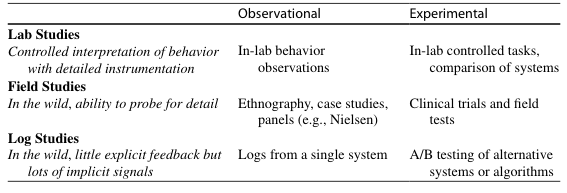There are two main reasons to use logarithmic scales in charts and graphs.
- respond to skewness towards large values / outliers by spreading out the data.
- show multiplicative factors rather than additive (ex: b is twice that of a).
The data values are spread out better with the logarithmic scale. This is what I mean by responding to skewness of large values.
In Figure 2 the difference is multiplicative. Since 27 = 26 times 2, we see that the revenues for Ford Motor are about double those for Boeing. This is what I mean by saying that we use logarithmic scales to show multiplicative factors
